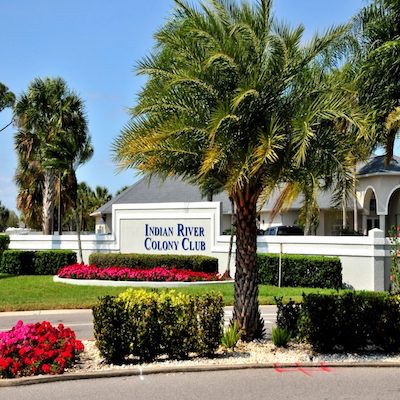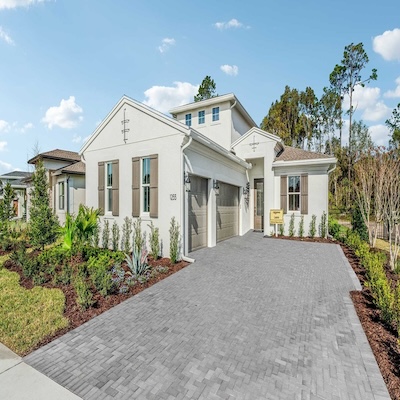Cooperatives Help Aging at Home Movement Grow
Category: Eldercare
August 25 – More than 9 out of 10 people over 65 would prefer to stay in their own homes as they grow older, according to a survey by the AARP. The desire to live where they feel comfortable amidst familiar surroundings is powerful and understandable. Unfortunately, as medical needs increase and life skills like driving decline, it often becomes more and more difficult to continue living independently. Aging adults face more than their own frailties as well, because their adult children often pressure them to move to a retirement community or Continuing Care Retirement Center (CCRC).
More and more people, according to a recent New York Times article, are starting to form cooperatives with the goal of making it possible to age in place. Cooperatives, sometimes referred to as co-housing organizations, are springing up in Cambridge Mass., Palo Alto, Calif., Washington, D.C., and New Canaan, CT. Another form of them are so-called Naturally Occurring Retirement Communities, or NORCs. The organization in New Canaan is called Staying Put in New Canaan. Aging in place allows participants to live in mixed communities, rather than just with other elderly people.
Proponents of the cooperative movement say that small problems, such as inability to shop or minor health issues, sometimes lead to a premature decision to leave one’s comfortable surroundings for an independent living facility. Those in the cooperatives believe that with a modest level of support those disrupting moves could be postponed.
In the most common form associations are formed to provide cooperative services. Beacon Hill Village in Boston is considered to be a prototype. Individual members of that organization pay dues of about $580 per year, couples pay a bit more. In exchange they get pre-screened access to a variety of service providers they might have difficulty finding on their own, such as a home health aide. Sometimes members barter their services such as home repairs or computer skills to other members in exchange for a future ride to a medical appointment or the like.
In some communities these “villages’ are set up by existing social service organizations, in others they are formed by community residents. Successful aging at home associations result in NORCs, Naturally Occurring Retirement Communities, places where many retirees are settled without a developer or other outside source.
Links:
New York Times – Aging at Home with Dignity
How to Persuade Your Elderly Relative it Might Be Time






Comments on "Cooperatives Help Aging at Home Movement Grow"